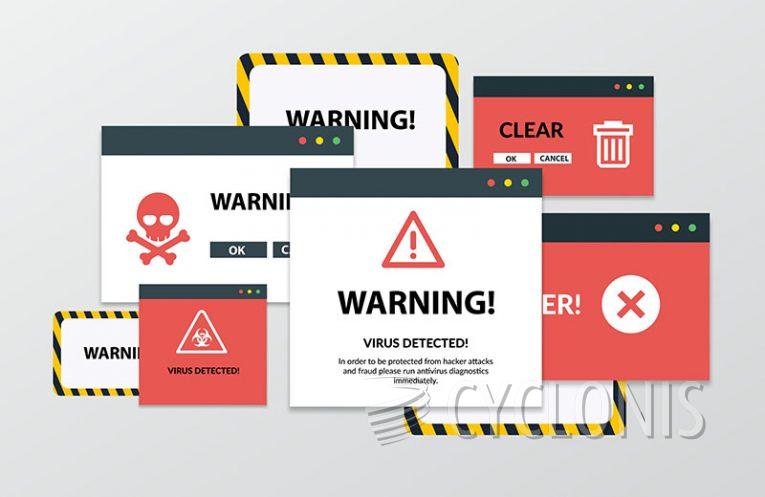ProcessorSelect Adware

In our examination of the ProcessorSelect application, we discovered that it spams users with bothersome and potentially misleading advertisements, classifying it as adware. It is strongly advised to steer clear of installing applications like ProcessorSelect and to uninstall them if already present.
ProcessorSelect displays various types of ads, including pop-ups, banners, and in-text ads, promoting a variety of products and services. While some ads may lead to legitimate promotions, others redirect users to dubious or fraudulent websites, including phishing sites posing as trustworthy entities.
Moreover, users may come across deceptive content promoting counterfeit antivirus software or tech support scams, posing potential risks of financial loss or unauthorized access to devices. Some of the ads presented by ProcessorSelect might be designed to execute specific scripts, triggering undesired downloads or installations.
Additionally, ProcessorSelect has the capability to gather extensive user data, encompassing browsing history, search queries, clickstream data, device details, IP addresses, personal information, behavioral data, and usage patterns. This collected data can serve various purposes, such as targeted advertising, analytics, or potentially being sold to third parties.
Furthermore, there is a potential for ProcessorSelect to function as a browser hijacker, a type of software known for modifying browser settings without user consent. This includes alterations to the default search engine, homepage, or new tab page. Therefore, it is highly recommended to avoid having ProcessorSelect installed on computers.
How is Adware Similar to ProcessorSelect Distributed?
Adware, including applications like ProcessorSelect, is typically distributed through various methods that exploit user vulnerabilities or lack of caution. Here are common ways adware is distributed, and these methods may be similar to how ProcessorSelect is spread:
Bundled Software:
Adware often comes bundled with seemingly legitimate software or free applications that users download and install. Users might overlook or unintentionally accept the installation of additional adware during the installation process.
Deceptive Websites:
Users might encounter adware when visiting deceptive websites or downloading content from untrustworthy sources. These websites may prompt users to click on misleading ads or download seemingly harmless files that carry adware payloads.
Freeware and Shareware Platforms:
Adware can be included in free or shareware applications available on various platforms. Users may unknowingly download adware when acquiring software from unofficial or less reputable sources.
Fake Software Updates:
Cybercriminals may distribute adware through fake software update notifications. Users who click on these notifications thinking they are legitimate updates might end up downloading adware onto their systems.
Phishing Emails:
Adware can be distributed through phishing emails that trick users into clicking on malicious links or downloading infected attachments. These emails often disguise themselves as legitimate communications to deceive users.







